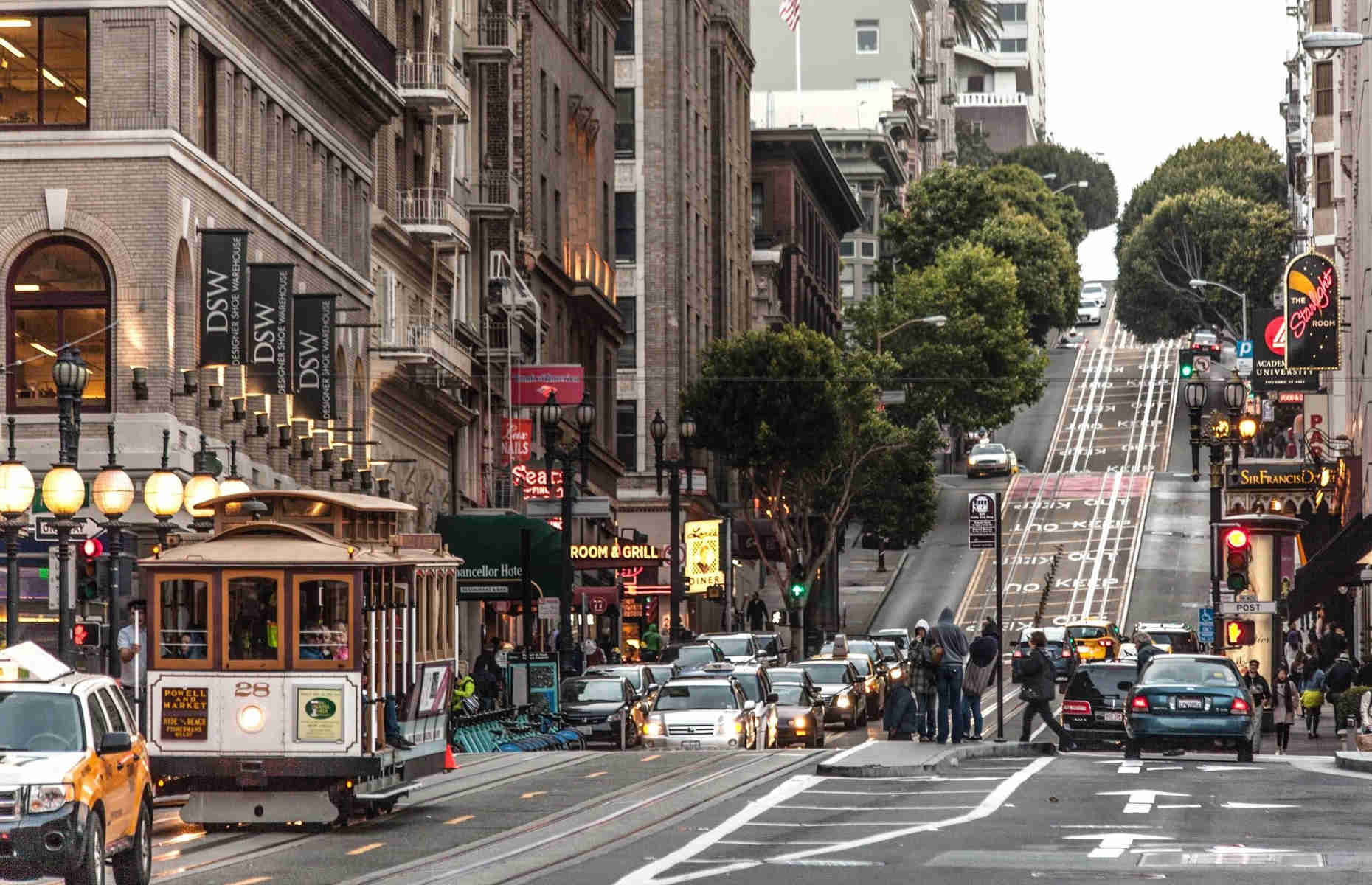

My work shares with architecture its capacity for shelter and intimacy, allowing it to engage the spectator in the participatory relationship essential to “complete the work.”Ģ011 LA5: Sculpture That Shaped the City, PYO Gallery, Los Angeles, CAĢ011 It Happened at Pomona: Art at Pomona College 1969-1973, part of Pacific Standard Time, organized by the Getty MuseumĢ008 SoCal: Southern California Art of the 1960s and 70s from LACMA's Collectionġ999 Radical Past: Contemporary Art and Music in Most of these works mediate between architecture and the landscape and, without being specifically functional, establish a locus for audience interaction and play. Many of my public commissions have offered the ideal circumstances for pursuing my interest in demystifying formal sculpture and creating a sense of place at a human scale. Since 1974, I have produced over thirty site-specific public works, primarily in outdoor settings. By 1974, I had redirected my focus to permanent sited works in public places. I began to pursue situational installations and artist collaborations on temporary sited work while wrestling with the incongruities between place and object. The public aspect of the work, as well as its temporality, challenged my understanding of the limits of art and granted me a passport to explore new territory.

My interest in sited work was an indirect outgrowth of my participation in “AutoBodies,” a performance event produced by Claes Oldenburg in Los Angeles, in 1964. Lloyd Hamrol, for one, has returned to object-making even as he continues to evolve as a “public” sculptor. Many of these artists, we are gratified to find, are deft enough to maintain their involvement with the public sphere while scratching their experimental itch. Sooner or later, however, most of the sculptors who so intrigued us two or three decades ago, and whose success then attracted the attention of architects and consultants and cultural commissioners, return to the context of art itself, wanting to explore ideas and methods finally more appropriate to the intimacy of the studio than to the public arena. Their successes have not so much destroyed them as derailed them, shunting their invention and production out of mainstream artistic discourse and into the realm of “public art” – a realm where imagination is challenged so formidably by exigency, and where responses to that challenge can be so handsomely rewarded, that the desolate struggles of the studio are all but left behind. Some of our best sculptors have all but disappeared from our galleries and museums.


 0 kommentar(er)
0 kommentar(er)
